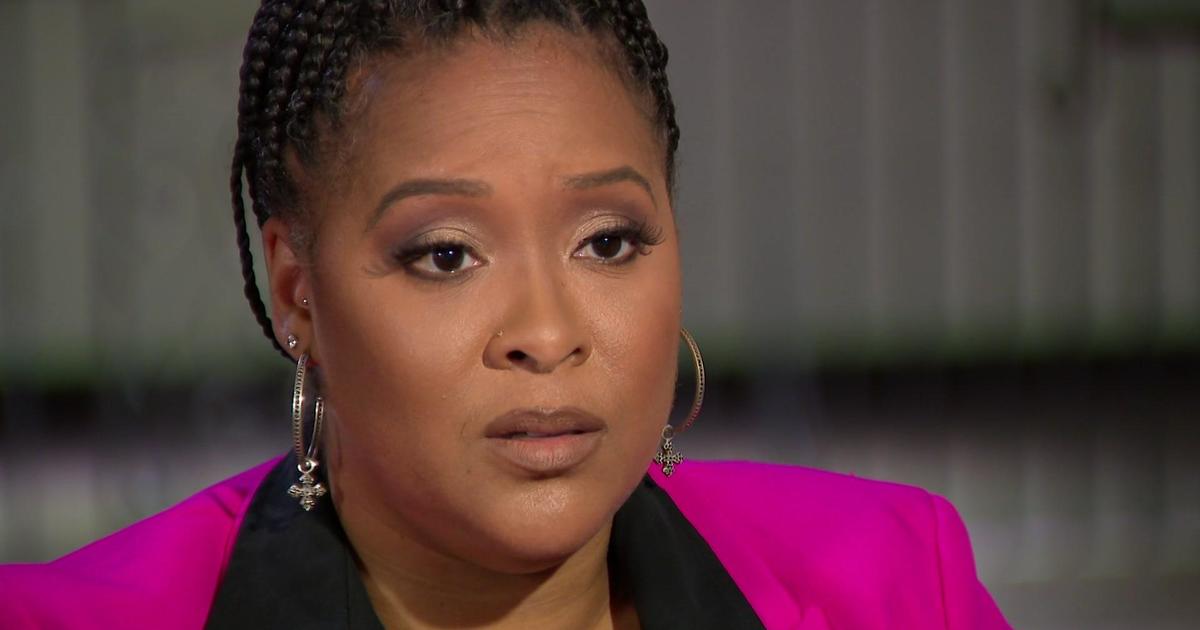Minn. Voters Beat Gay Marriage Ban, Photo ID Proposals
Election 2012: Live Results | Local Political News | Live Electoral Map
MINNEAPOLIS (WCCO/AP) — Minnesota voters turned back two constitutional amendments Tuesday, defeating proposals to ban gay marriage and require a photo ID for voting that had once been seen as likely winners.
Minnesota's rejection of the gay marriage ban was just one piece of a big night for gay activists and their allies nationwide. In Maine and Maryland, voters legalized gay marriage; in Washington, a measure to the same was leading. The wins were a resounding reversal of a 32-state winning streak for gay marriage opponents.
The defeat of the photo ID requirement was just as surprising, with the proposal drawing strong support in polls for months. Both amendments were put on the ballot by the Republican-controlled Legislature. Those same Republicans also lost their House and Senate majorities on Tuesday.
"This conversation doesn't end tonight. It's only just begun," said Richard Carlbom, campaign manager for Minnesotans United for All Families, which fought the gay marriage ban. "Because we beat this amendment, Minnesota is in a position to ensure that the next generation can participate in the conversation about who can participate in marriage."
Gay marriage remains illegal under Minnesota state law. The amendment would have put that prohibition in the constitution. But the outcome of the vote, and the Democratic takeover of the Legislature, is likely to initiate a push for legal gay marriage in the state.
Andy Parrish, deputy campaign manager for Minnesota for Marriage, which pushed the ban, was not ready to concede early Wednesday morning. "I think we're going to wait for the rest of the results to come in and see what the final results are in the morning," he said.
Conservatives around the country have been pressing to require photo ID for voting in the last several years. Eric Fought, spokesman for the campaign that opposed the measure in Minnesota, said its backers never convinced voters that the requirement was actually necessary.
"They did not provide the details people needed to vote yes on this. There were too many questions left unanswered and too many doubts," Fought said.
Dan McGrath, who led the campaign for the measure, said he and supporters would "continue to work towards greater integrity and transparency in our election process."
According to exit poll data, the marriage ban was opposed by a majority of women and backed by a majority of men. Votes were also divided by age, with voters under 50 against it by a substantial majority and those over 50 strongly in favor. Seven in 10 voters who attend religious services, and four in five born-again or evangelical voters supported it. The vote also split by party lines: three in four Democrats said they voted against it, and three in four Republicans backed it.
Both measures sparked campaigns that were far more heated than usual for constitutional amendments. The marriage amendment mobilized thousands of volunteers and attracted more than $16 million in campaign contributions, drawing more passion than the state's presidential or Senate contests. Voters held strong opinions.
Kevin Gensch, a human resources manager, is gay but said that's not why he voted against the ban.
"I don't think the constitution should be amended for any reason for a social issue," said Gensch, 34, after voting in St. Louis Park, an inner-ring Minneapolis suburb. "This is marrying church and state by putting this kind of amendment on the constitution. It doesn't belong there."
In Minneapolis, first-time voter Assan Shire voted for the gay marriage ban.
"I don't want gay marriage. I think it is wrong," said Shire, voting at a community center in the city's diverse Phillips neighborhood.
Strategy for all four campaigns against gay marriage, including Minnesota's, was directed by Frank Schubert, a California-based consultant who's become the nation's top political operative trying to stop the spread of gay marriage. But he was fighting demographic changes, with poll after poll nationwide showing that young people in increasing numbers support the right of gays to get married.
Opponents of Minnesota's amendment tried to persuade moderate and swing voters, aiming their TV ads at married couples and straight men in particular. That drew backlash from some gay activists, dismayed that none of the ads actually featured speaking parts for gay people who would be most affected by the amendment. The campaign also reached out more widely to various demographic groups, using narrowly targeted phone banks to reach senior citizens, younger voters and various ethnic and minority groups. The campaign for the amendment targeted much of its get-out-the-vote efforts on churchgoers.
Democratic politicians had argued that photo ID requirements were meant to make voting tougher for certain groups that tend to favor Democrats: elderly people, the poor, college students and members of minority groups. Local government officials also said the ID requirement would be a costly mandate.
A quirk in Minnesota law means a ballot where the voter skips one or both of the amendments is counted as a "no" vote against the amendment that was skipped. But in both cases, more people voted against the amendments than voted for them.
Galleries: U.S. Hits The Polls | Long Voting Lines In The Twin Cities
(TM and © Copyright 2012 CBS Radio Inc. and its relevant subsidiaries. CBS RADIO and EYE Logo TM and Copyright 2012 CBS Broadcasting Inc. Used under license. All Rights Reserved.This material may not be published, broadcast, rewritten, or redistributed. The Associated Press contributed to this report.)



